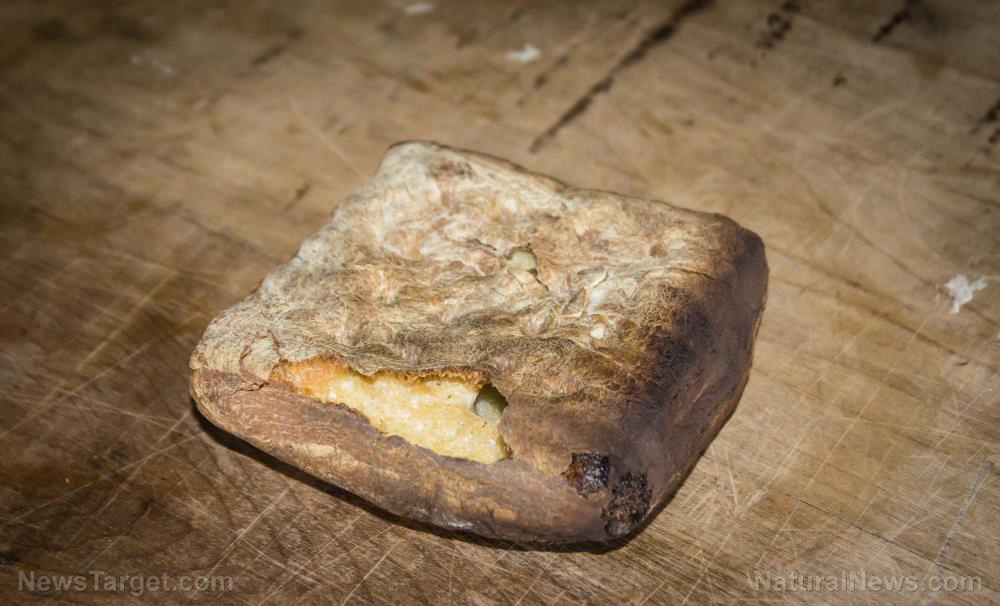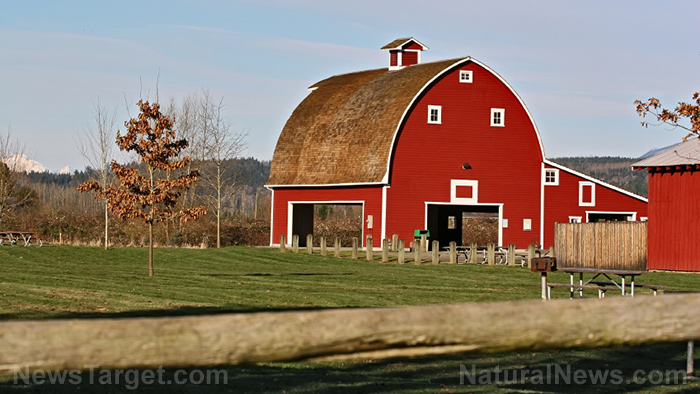Prices of used tractors surge as month-long John Deere strike continues
11/17/2021 / By Cassie B.

Used tractor prices are surging as the nearly month-long strike at 12 Deere & Co Midwest factories has led to a shortage of new tractors and parts that has left farmers with little choice but to turn to secondary markets.
A popular index of used farm equipment values, The Machinery Pete Used Values Index, rose to 9.5 in the third quarter, a level that has not been seen since 10 years ago. Many farmers desperately need the tractors so they can keep harvesting wheat, soy and corn around the clock to keep up with rising demand within the U.S. and overseas.
The man behind the index, Greg Peterson, said that he has never seen the market so frenzied in his 32-year career. He has seen records smashed on all makes and models of tractors at every auction he has attended during the past month. The index, which is already up 22 percent during the first nine months of the year, looks set to register its biggest gains yet during the fourth quarter.
The tax code incentivizes farmers who have earned an annual profit to spend some of their earnings upgrading machinery before year’s end. Grain prices have been rising to multiyear highs and crop sizes have been impressive, allowing farmers to bring in some of the biggest profits they have seen in years, but there is a very small supply of tractors available for them to invest in at the moment.
Some farmers have said that the surge in used tractor prices has grown so high that they fear they will not be able to find tractors if they need them for next year’s planting season.
To illustrate what is happening with prices, Peterson pointed to a John Deere tractor that was up for sale at a recent auction. The tractor was quite old, having been built in 1998, but was in excellent condition. Bidding started at $100,000, but it quickly rose to a final sale price of $170,000, which was $25,000 higher than the model’s previous record; a new version starts at $205,000.
Strike reaches third tentative deal
A third tentative deal has been reached between the United Auto Workers Union and John Deere, and it is now being put to local unions for a ratification vote that could finally put an end to the ongoing strike, which involves thousands of John Deere workers.
The work stoppage at the company includes workers across 12 facilities in three states owned by the agricultural machinery company. It began when workers rejected a contract offer from John Deere that would have given them wage raises of 5 to 6 percent. A second tentative agreement was then voted down earlier this month that would have guaranteed workers an immediate 10 percent wage increase, along with providing better retirement benefits to new employees.
The strike came at a time when the company had reported record high earnings of $4.68 billion during the first nine months of the year, which was more than double the $1.99 billion registered during the same period last year. John Deere CEO and Chairman John May took home $15.58 million in fiscal year 2020. A company SEC filing says that the ratio of the CEO’s total compensation to that of a median employee is 220 to 1.
The negotiations and ongoing strike are part of a wider post-pandemic labor movement being seen right now where workers have an upper hand in what has been described as a workers’ market. With record numbers of people resigning from their jobs and job opening figures hovering near a record high, many people are feeling emboldened to demand better working conditions.
Sources for this article include:
Tagged Under: agriculture, bubble, chaos, crisis, economy, farmers, harvest, Inflation, John Deere, market crash, price increase, products, strike, supply chain, tractors
RECENT NEWS & ARTICLES
COPYRIGHT © 2017 FOOD SUPPLY NEWS





















